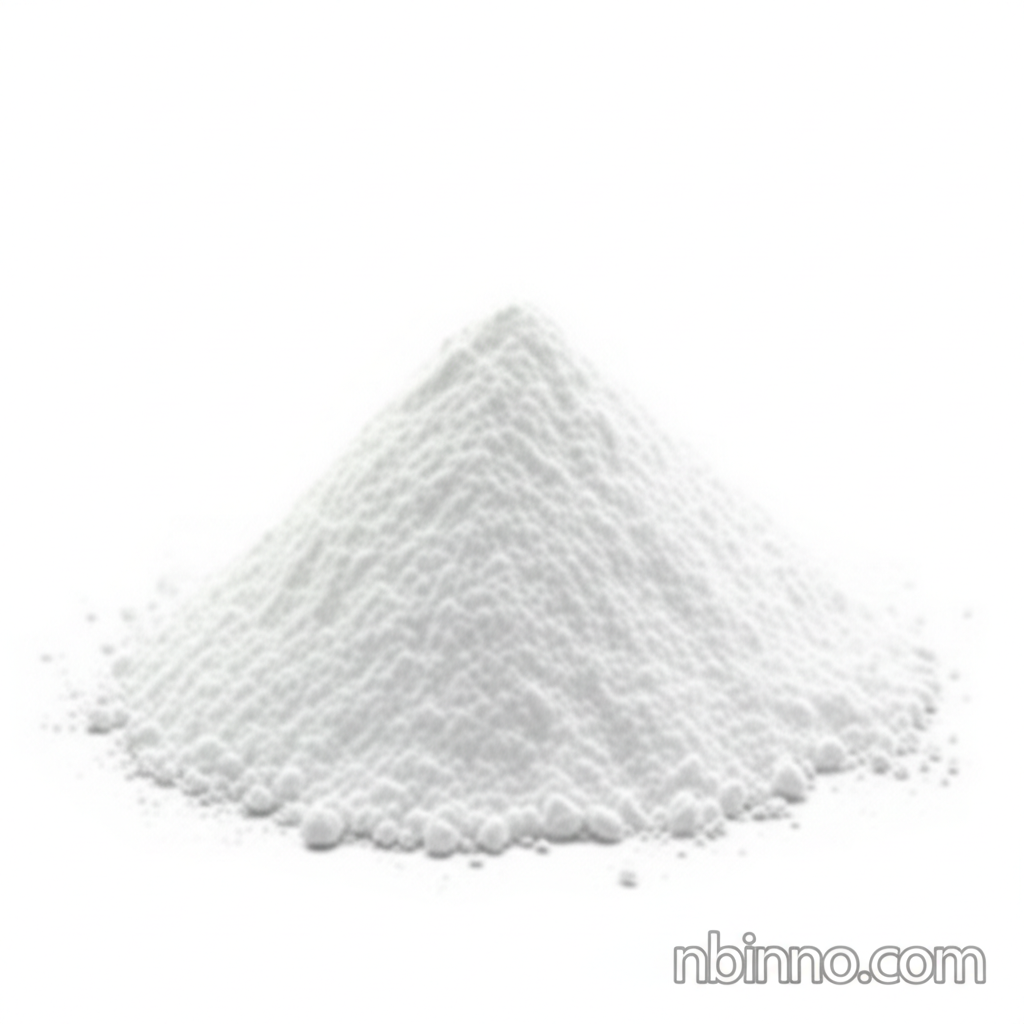7-Fluoro-4-quinazolone CAS 16499-57-3: Advanced Synthesis, Potent PARP-1 Inhibition, and Anticancer Potential
Discover the latest advancements in quinazolinone chemistry, focusing on the efficient synthesis and powerful PARP-1 inhibitory activity of 7-Fluoro-4-quinazolone. Explore its potential as a novel anticancer agent.
Get a Quote & SampleProduct Core Value

7-Fluoro-4-quinazolone
This article presents a comprehensive study on the synthesis and biological evaluation of novel quinazolinone derivatives. We highlight the use of 7-Fluoro-4-quinazolone as a key intermediate, showcasing its potent PARP-1 inhibitory activity. Our research demonstrates that these compounds can induce cell cycle arrest and apoptosis, making them promising candidates for anticancer drug development. As a reliable supplier in China, we are dedicated to providing high-quality compounds for your research needs.
- Explore the synthesis of novel quinazolinone derivatives using efficient microwave-assisted methods, a key aspect of pharmaceutical synthesis technologies.
- Understand the structure-activity relationships of potent PARP-1 inhibitors, crucial for advancing drug discovery for oncology.
- Investigate the induction of G2/M cell cycle arrest and apoptosis, vital mechanisms in the fight against cancer.
- Leverage the insights from molecular docking and QSAR studies to inform future development in medicinal chemistry of heterocycles.
Key Advantages Offered
Efficient Synthesis Pathways
Discover optimized synthesis routes for quinazolinone derivatives, including microwave-assisted methods, contributing to advancements in pharmaceutical synthesis technologies.
Potent PARP-1 Inhibition
Learn about compounds exhibiting significant PARP-1 inhibitory activity, a critical target in cancer therapy, relevant to the field of PARP inhibitor research and development.
Anticancer Mechanism Insights
Gain knowledge on how these compounds induce cell cycle arrest and apoptosis, fundamental aspects for understanding drug discovery for oncology.
Key Applications
PARP-1 Inhibition
The potent PARP-1 inhibitory activity of these quinazolinone derivatives makes them valuable tools in research for cancer therapeutics, aligning with advancements in drug discovery for oncology.
Anticancer Drug Development
This research contributes significantly to the field of anticancer quinazolinone derivatives, exploring novel mechanisms for combating cancer growth.
Medicinal Chemistry Research
The study provides a strong foundation for further exploration in medicinal chemistry of heterocycles, focusing on structure-activity relationships.
In Silico Drug Design
Insights from QSAR and molecular docking are invaluable for advancing in silico drug design and analysis, aiding in the identification of future drug candidates.
